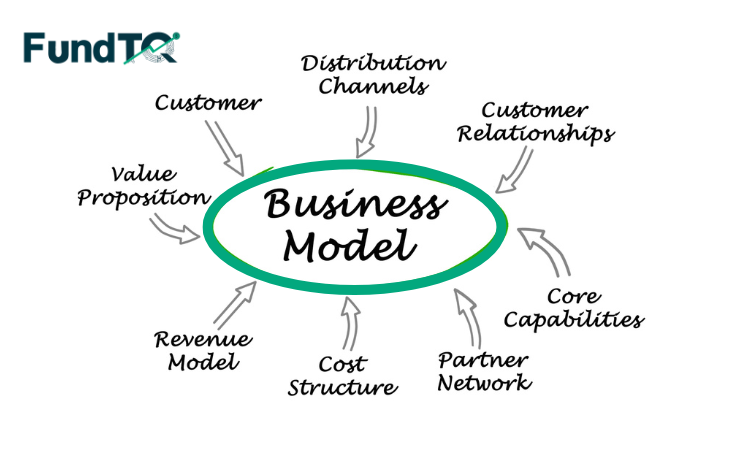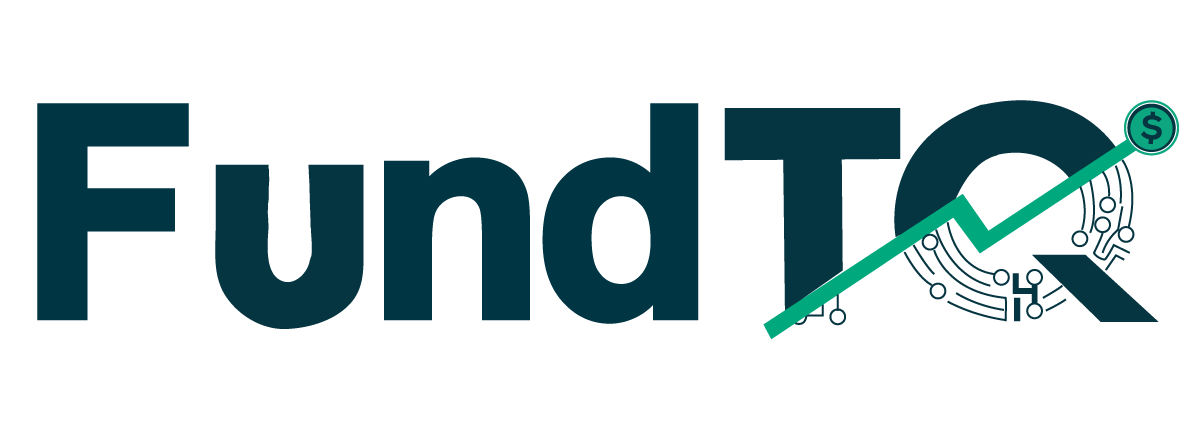What is a Business Model Called In A Pitch Deck?
A successful startup platform is one of the most important materials founders can use to raise money. In a series of articles on all important slides, we found the perfect formula, provided examples of successful keynotes, and shared expert insights. We’ve already covered more than half of the storyboard components, including problem, solution, product, market, competition, and marketing strategy. Today it’s time to dig into the business model in pitch deck, covering everything from monetization to pricing.
So, let’s see how you can create a winning business model image to pitch your startup to investors.
Business Model On The Startup Pitch Deck For Investors?
The business model slide is one of the cornerstones of your entire presentation package because it contains information about how the startup makes money. This slide should provide a clear and concise overview of all your company’s revenue streams and the value it creates in the market. This is the place to elaborate on the financial aspects of your startup.
Remember that while your monetization and pricing models may change as your business matures, this slide should focus on your overall strategy—how you monetize your products or services and where your revenue streams will come from.

Why Is Business Model Slippage Important To Investors?
Making this slide is very important in the fundraising process. This allows investors to see your current income and provide insight into your future financial prospects. Investors want to know if you can expand and introduce new revenue streams as your business grows, ensuring the safety of their capital and potential returns. They also evaluate whether they can add value and productivity to your business and whether your monetization model matches their interests and experience. It is important to target your sales success package and business model to the profile of potential investors, as many funds have specific criteria for the startups they invest in, whether B2C or B2B.
What To Include In A Business Case Slide For Investors?
This section contains information about your revenue streams, pricing models and monetization strategies. When evaluating your offering, consider factors such as the value it provides to customers, their willingness to pay, frequency of use, and the monetization model and pricing strategy most commonly used by your competitors.
The in-depth content of this slide will vary greatly depending on the type of business you run. If you are a SaaS company developing software solutions, consider focusing on pricing models and versions. You can also share your customer lifetime value (LTV), customer acquisition cost (CAC), additional services, monthly customer growth figures and other key metrics that are important to demonstrate your business performance. If you offer physical products, you may want to choose a different strategy—for example, consider sharing gross margin, average selling price (ASP), sales and distribution channels, and information related to those channels.
Be sure to also include information about “natural frequency of use,” i.e., how often users typically encounter the challenges or problems your product solves. This can vary greatly depending on the features you offer. Understanding user engagement patterns provides companies with valuable information to create targeted marketing and sales methods. This is one of the most important data that is very useful for setting achievable and effective KPIs. Since usage of a particular product varies with individual users and their requirements, setting KPIs by focusing on user behavior will certainly improve overall user retention.
If your startup has multiple revenue streams, show them and try to explain why you prefer to diversify.
Questions To Help You Create The Perfect Business Model Slide:
Q1. What are your sales channels? (Highlight unique or innovative competitive advantage strategies.)
Q2. How much revenue is each channel generating now and over the next 1-2 years?
Q3. How do these revenue streams fit into your product or service offering?
Q4. What is the cost of customer acquisition? can you read it
Q5. What is your monetization model (e.g. freemium, ad-based, subscription, consumption-based, one-time payment, purchase rate, etc.)?
Q6. Do you have just one model or do you mix them by market segment?
Q7. How often do you use your product?
Q8. How does your pricing strategy compare to the industry standard?
Q9. How do market trends affect your business model?
Q10. What are the KPIs for your business model?
Q11. How to increase lifetime value?
Q12. How do you balance growth with profitability?
How To Create A Business Model Slide Before Making Money?
There are situations where your launch may not monetize yet. This may be due to being in the early stages of development or operating in areas such as biotechnology or aerospace, where it usually takes years before a product can be marketed and generate revenue. In such cases, however, it is important to include this slide in light of the narrative aspect that we emphasized in our presentation package articles. In fundraising, storytelling can make or break your idea; this slide is no exception. Show how you plan to generate income and convince investors that you can quickly turn to profitability and implement your monetization strategy if necessary.
Get Automated Pitch Deck Templates
Tips And Tricks For A Successful Business Model:
Remember that there is no golden rule for monetization and pricing models. If you have multiple customer segments, you need a different template for each customer segment (eg market).
Remember that frequency of use is important. This is one of the key factors to consider when setting company goals and KPIs.
Avoid ambiguity; clearly describe your value proposition and future revenue streams.
Create a sense of urgency for investors – explain why your solution is needed now, as time is of the essence for business success.
Business Model Slide in the Startup Pitch Deck for Investors – The business model slide is the central basis for presenting how the startup plans to generate revenue, what the revenue streams and sales channels are, and what the price is.
Also Read: Pitch Deck Structure

